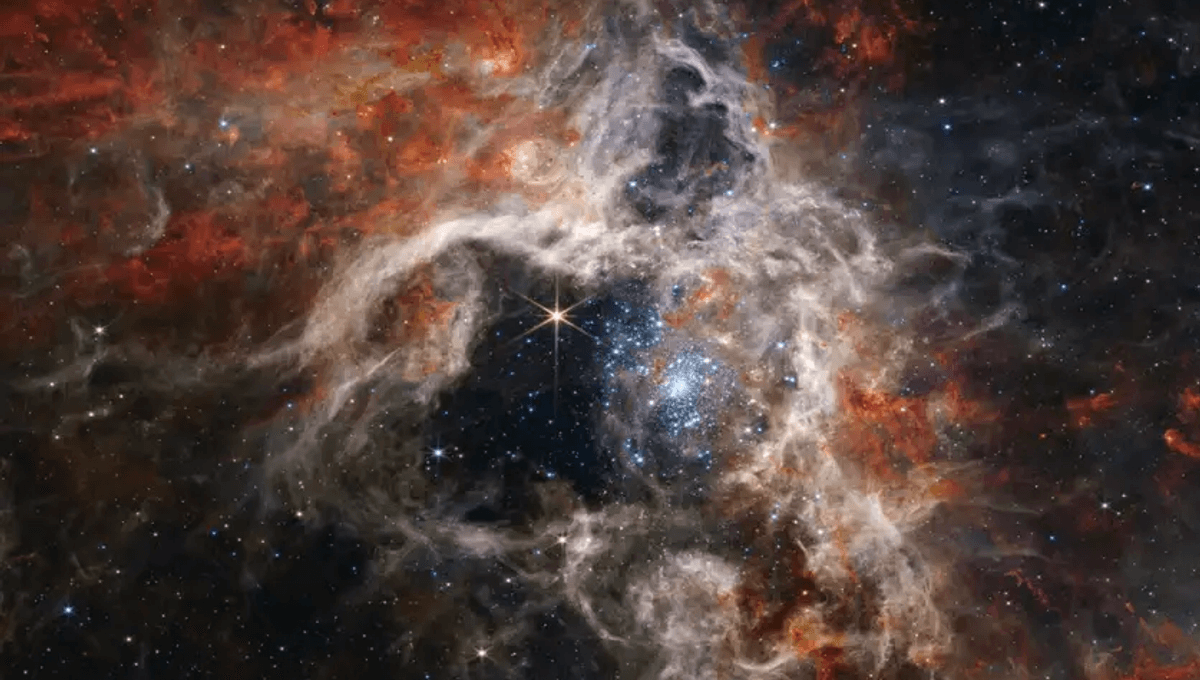
Trihydrogen cations, or H3+, are not common molecules in our everyday lives – you might not have heard of them before this article, but we are probably here because of them. This peculiar type of ion is likely a crucial ingredient in the formation of stars as well as a catalyst in chemical reactions in interstellar space. Now, new work has shown new pathways for the formation of trihydrogen.
ADVERTISEMENT GO AD FREE
Take H2, the most common molecule in the universe, slam ionized H2+ into it, and bam: you have trihydrogen. This is the main way to make it – but not the only one. Sometimes, a double ionized organic molecule loses two electrons after being hit by cosmic rays or energetic light. This formation path has now been seen in compounds known as methyl halogens and pseudohalogens. This tells researchers that there are more ways to create this special ion, one of the most common in the universe.
“Hydrogen is the most common element in the universe, so H2 meeting H2+ is still the key,” co-author of the study Professor Marcos Dantus, from Michigan State University, said in a statement sent to IFLScience. “However, there are so many organic molecules in these diffuse molecular clouds that it’s possible a lot of H3+ is still being formed by the processes we’ve studied.”
Interstellar clouds are full of interesting chemistry, some of which led to the formation of precursor molecules to the building blocks of life on Earth. These halogens and pseudohalogens can easily get doubly ionized by cosmic rays in these interstellar clouds. They are surrounded by molecular hydrogen, which actually roams around the molecule, ready to steal a hydrogen ion given the chance.
“We demonstrated that the hydrogen didn’t simply fly away, but it stuck around, sometimes for quite a long time,” Dantus added. “This was highly unusual.”
“It’s not the usual way of thinking about the behavior of doubly ionized molecules, but a much trickier process,” co-author Professor Piotr Piecuch, also from MSU, explained.
This process might be only responsible for the production of a small percentage of trihydrogen in the universe, but if we want to understand how this molecule comes to exist, it cannot be discounted.
ADVERTISEMENT GO AD FREE
“H3+ is a small molecule that might not be as important to us on Earth as water or proteins, but it’s a molecule we truly want to understand in terms of its abundance in the universe, how it is produced, and how fast its chemical reactions are,” Piecuch added. “With our findings, we can communicate with others who are looking for sources of H3+ and the molecules that can form it.”
The paper is published in the journal Nature Communications.
Source Link: "Molecule That Made The Universe" Has More Sources Than We Thought